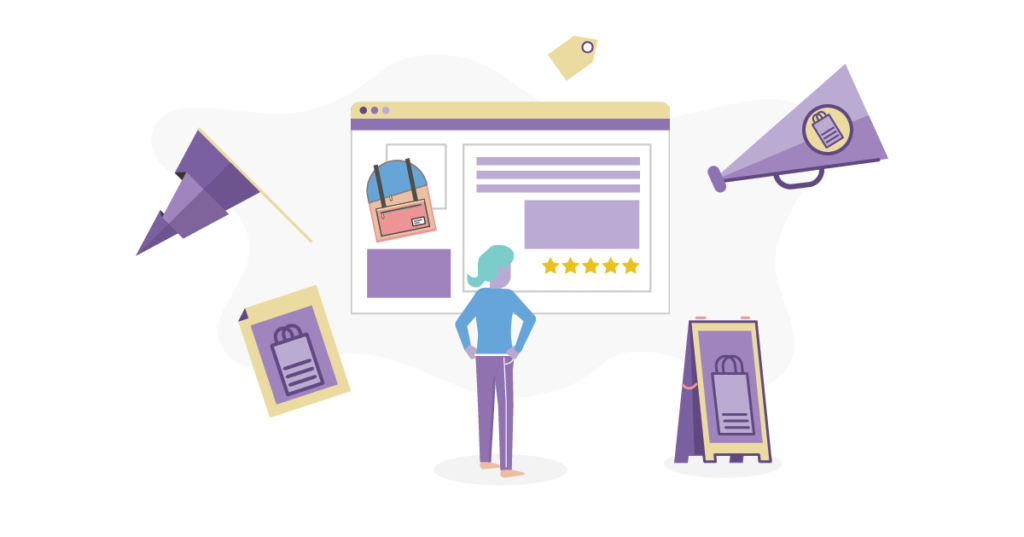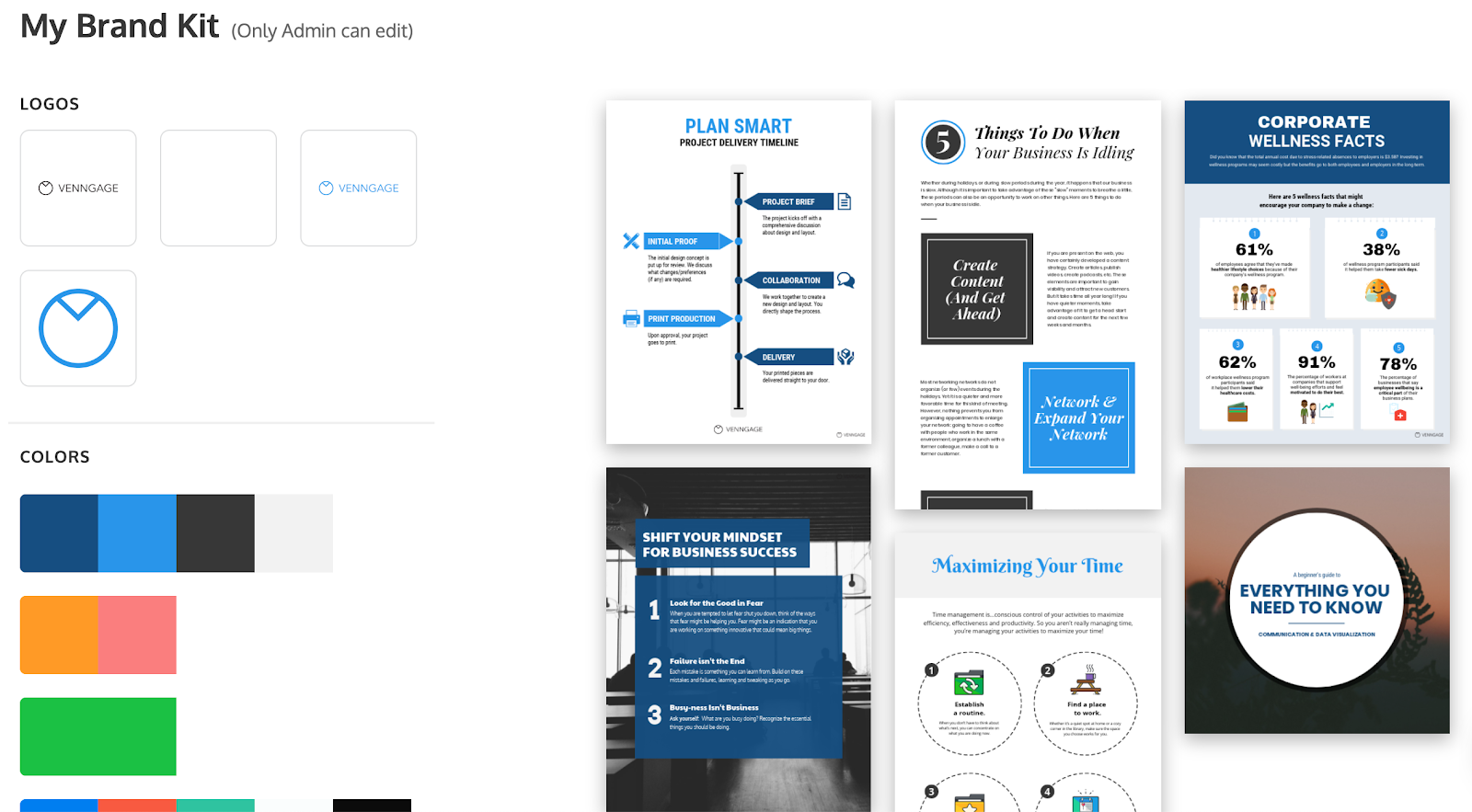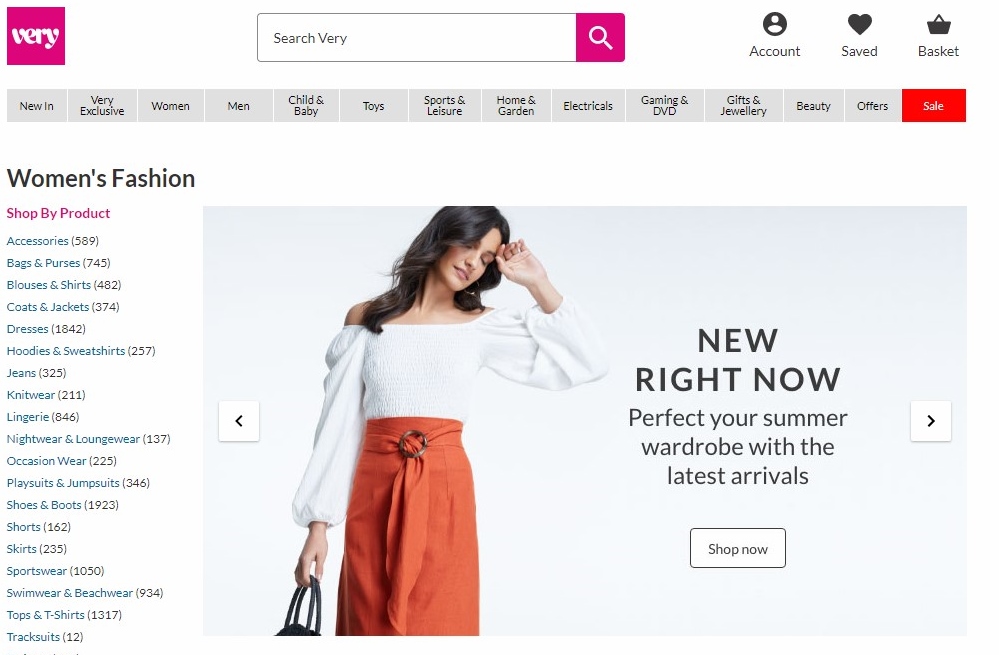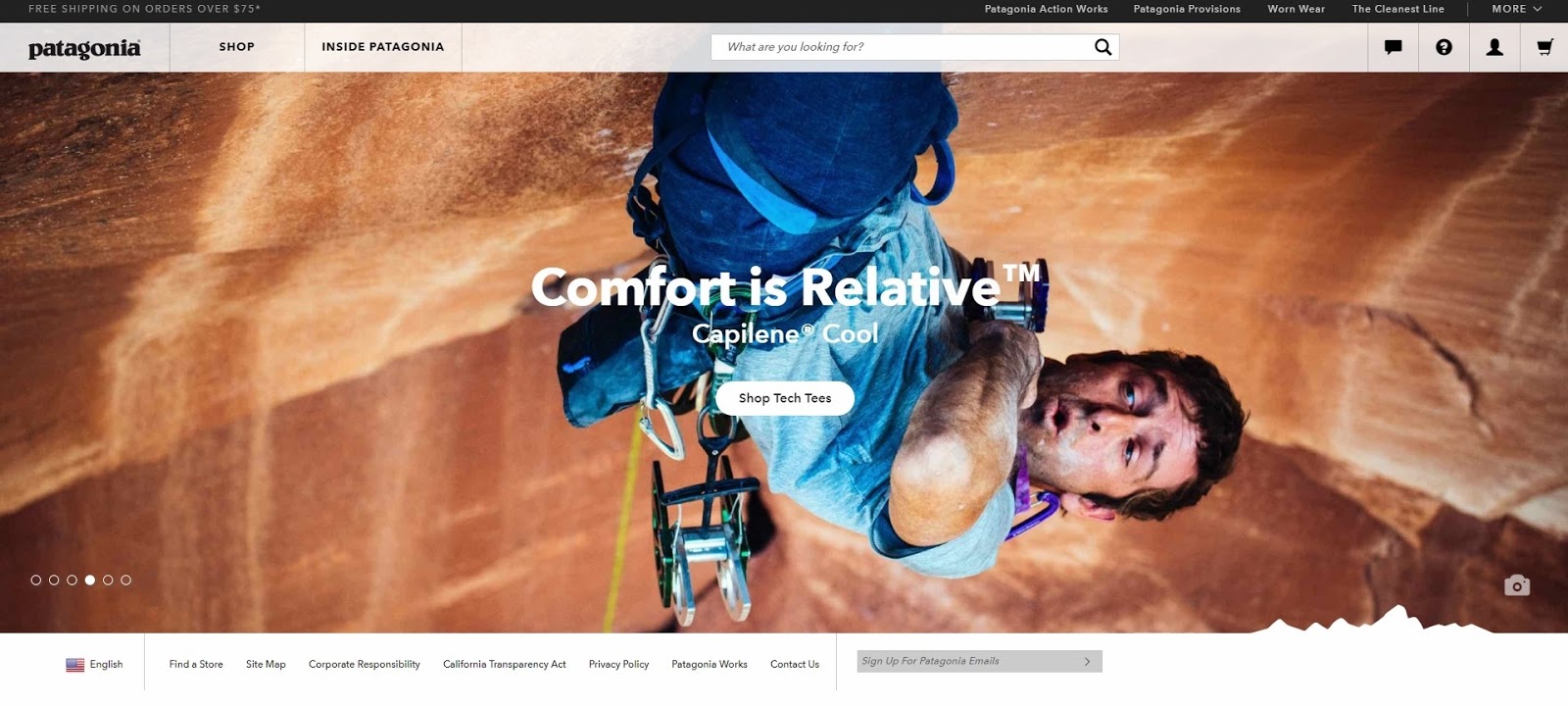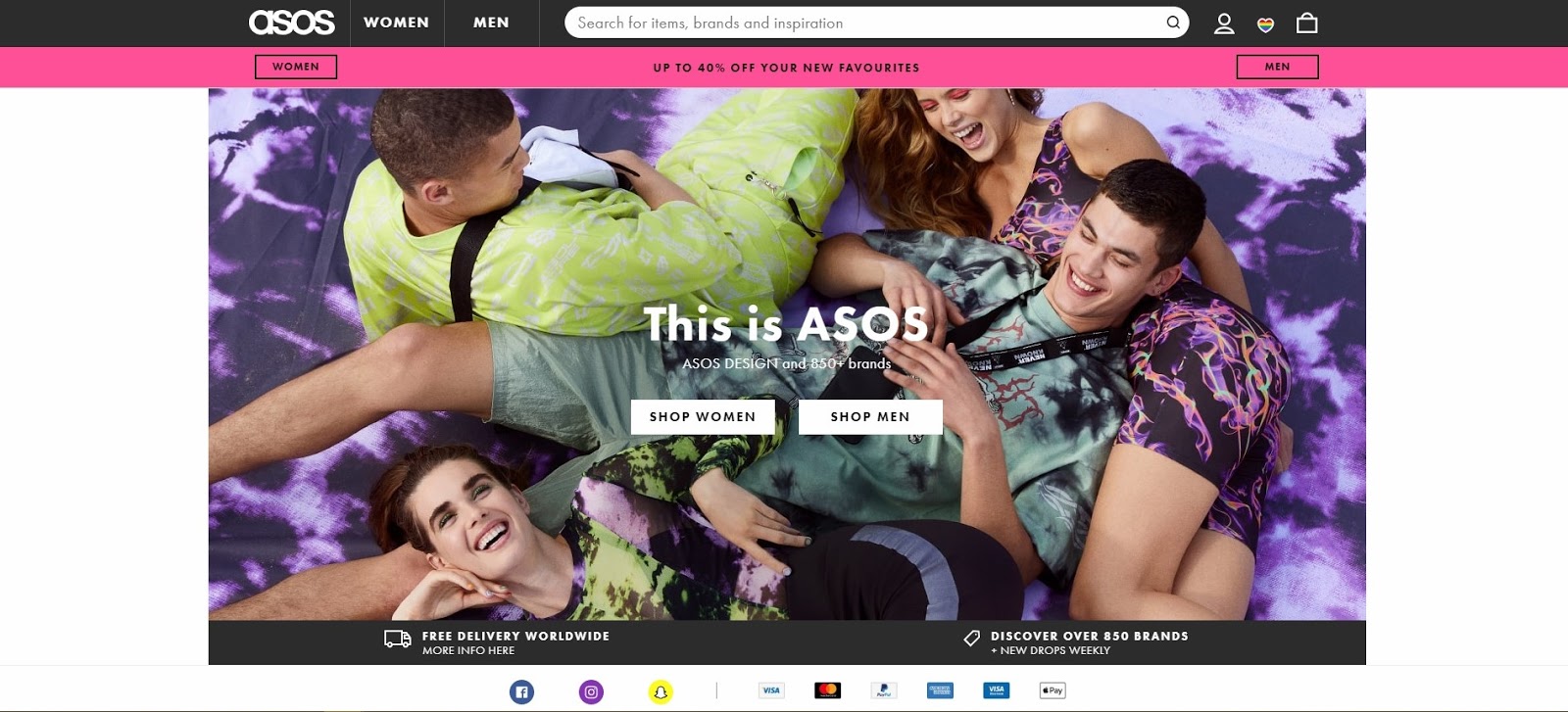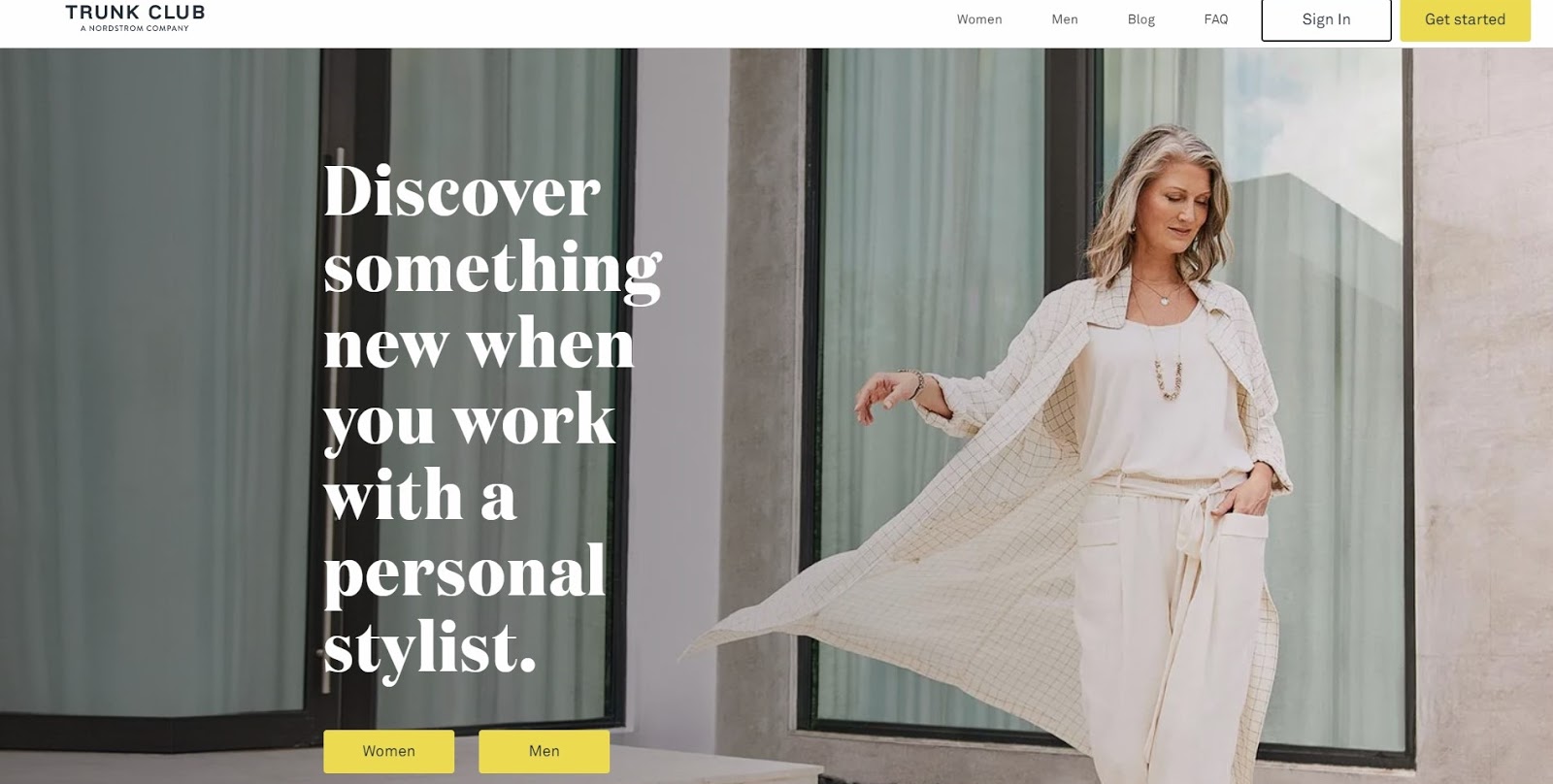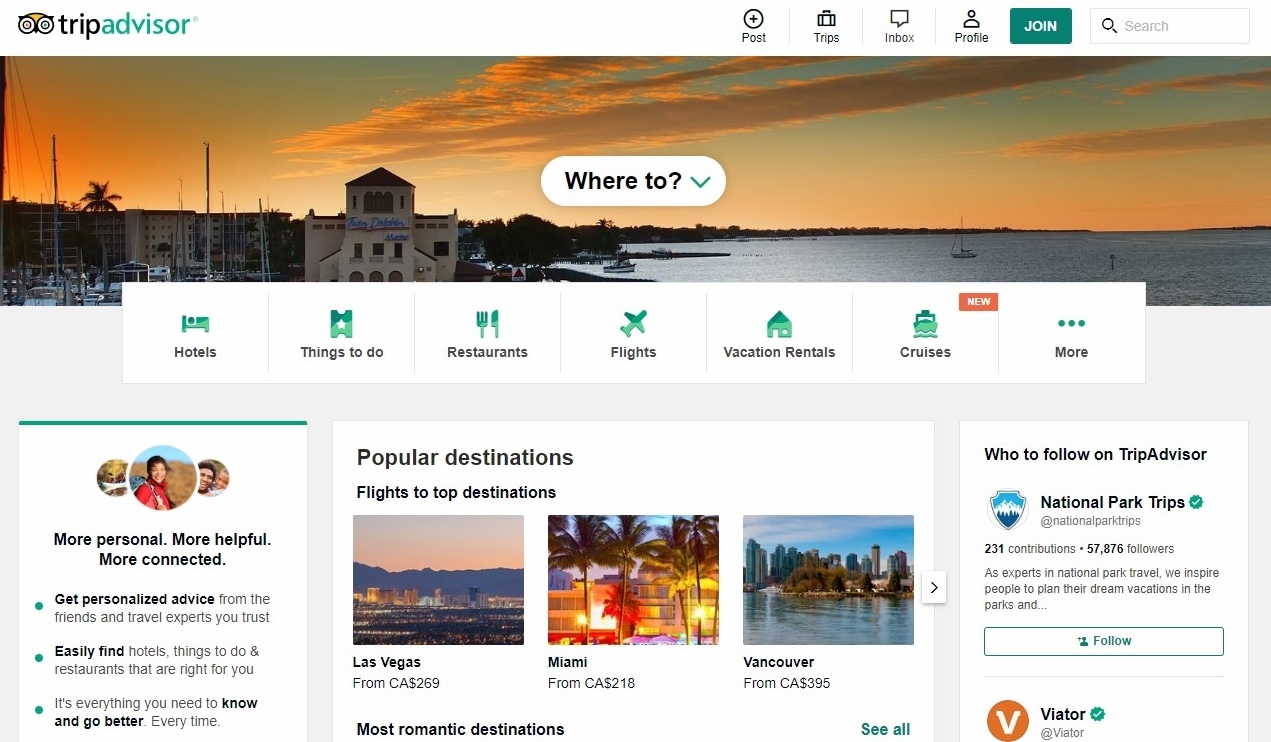There is no doubt that ecommerce has become all the rage. From Amazon being the world leader in terms of ecommerce sales to small business entrepreneurs setting up shop via social media, ecommerce is moving and shaking the retail industry.
But despite pundits predicting the end of brick and mortar stores, offline avenues for shopping have continued to survive—some are even thriving—and there is a reason why. It helps that brick and mortar stores are able to capitalize on the same marketing strategies that are powering ecommerce stores. With the help of marketing agencies, in-store brands are now better able to get the word out about their products and the kind of lifestyle they are selling.
There is something about the feeling of being inside a store around people looking for similar products as you, having store employees around every corner waiting to help you, and being able to touch a product and check its quality and usefulness. These are all aspects of the in-store shopping experience that have helped brick and mortar shops prosper.
But for customers, emotionally, it really is more about the personal aspect that makes them want to go in-store, and this is something that can be adapted for ecommerce platforms. I have found the following four psychological triggers that ecommerce platforms should adopt to increase customer urgency and drive sales:
- Utilize the personal touch
- Encourage loyalty
- Incentivize customers
- Capitalize on FOMO
Marketing is about tapping into the behavioral motivations of the end consumer, and armed with these triggers, ecommerce brands should be able to reach their customers in a way that in-store brands have perfected over generations.
1. Utilize the personal touch
Undoubtedly, the biggest drawback for ecommerce brands is how disconnected they are from their customers. With no physical location for ecommerce brands to meet with their customers, there is a communication divide that has the potential to turn a customer away.
The great thing about in-store brands is that if a customer has a query, they can usually find someone to address it immediately. Ecommerce platforms should be looking at chatbots or online customer service providers to give their customers prompt assistance, so they immediately feel their needs are being met.
But the personal touch goes beyond customer service. It also has to do with personalization. In-store brands have employees that will immediately go up to a customer walking in through the door, greet them, and ask how they can help the customer find what they’re looking for. A good employee will even know how to help a customer who doesn’t know what they want, or will suggest alternatives if something is above the customer’s price range.
I distinctly remember a time when I was looking at a necklace I wanted to buy, but it was far too expensive. The store employee pointed me to a keychain that was the exact same design, but a third the price of the necklace. I bought it immediately and went back later for more. The store employee understood what I needed and made the sale according to my needs, thus ensuring repeat sales.
Personalizing the buying experience when a customer visits their website is something ecommerce platforms need to focus on. There are a number of sites that personalize visitors’ experience, even adapting their landing pages according to the personal requirements of their customers. Venngage is an online graphic design tool that produces personalized branded infographic templates (or other templates, depending on what you want to create) when you sign up. This gives customers a one-of-a-kind experience that makes them feel like the ecommerce platform understands them and is catering to them.
Here’s an example of how we’ve automatically applied branding to six templates:
Case Study: Very
The British clothing and accessories website Very is a great example of customer personalization. Not only does Very adapt its product suggestions according to the customer’s buying habits, but it also changes its landing page promotions based on the weather. If it is a sunny day outside, Very will offer brightly patterned clothes, while on a wintery day, visitors will see options for jackets and knitwear. This is a great way to make the customer feel welcomed.
Case Study: Swarovski
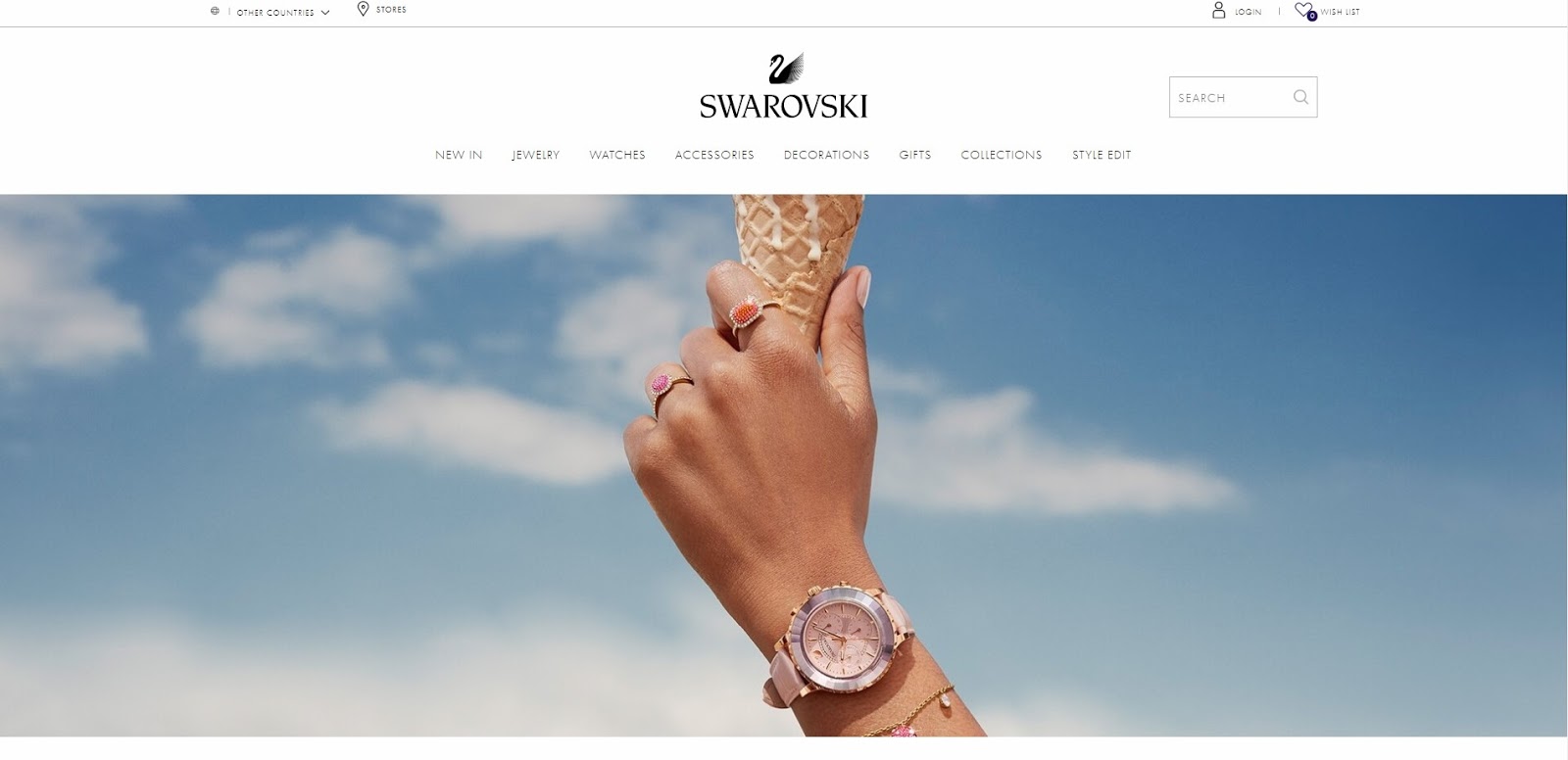
2. Encourage loyalty
As all sellers know, customer loyalty is key to growing a business. There are only so many first-time customers your business can court, but if you can get repeat business from your customers, that is really where your growth opportunities lie.
Customer loyalty is often tied into incentive schemes, but that isn’t the only way to encourage loyalty. One of the most important factors in keeping customers happy is to promise transparency and deliver.
In-store brands can be transparent in their workflow and their source material because they have a physical location where they can display their work to customers. This is particularly true of food establishments with open kitchens where customers can not only source their own produce, and sometimes even catch their dinner, but can see the hygienic and ethical way their food is cooked by the chefs. Many department stores have also begun to adopt a similar practice by including a workshop area in their stores where customers can see their clothes being made.
Ecommerce stores don’t have the physical space to show how their products are sourced and made. All levels of an ecommerce platform’s operations should have transparency so customers know what they’re getting and from where. Considering the global village we live in, ecommerce stores are relying heavily on sourcing products and labor from different regions, some on the other side of the world from where the store is operating. And customers need to know about this. Not only so they are more knowledgeable about the product they are buying, but so they know that the store they are buying from is open, visible, and honest about their supply chains and resources.
Another area where customers should be able to expect transparency is in pricing. Ecommerce stores are well positioned to be able to explain their pricing system, which is tied into how and where their raw materials and labor is sourced.
A customer who feels they can trust a store is more likely to return, which is why transparency has now become the key to attaining customer loyalty.
Case Study: H&M
H&M adopted a transparency policy early on, opening in-store labs in their brick and mortar locations over five years ago. In 2019, they announced they would be implementing similar processes in their online models as part of a new initiative to be as transparent as possible to their customers. Their online products will now feature the name of the country they are produced in, the materials used, supplier information, and even how many workers were involved in the making of the product.
This is an excellent method of improving brand loyalty. H&M is proving how important they think it is to be transparent to their customers, most of whom are now educated about ethical retail practices.
Case Study: Patagonia
Another apparel company going the extra mile in its attempts to be transparent is Patagonia. The US-based ecommerce site has been chronicling the making of its products with the Footprint Chronicles.
The series features videos accompanying every single product created by Patagonia, illustrating all the important moments in the creation and distribution of the product. By creating these videos, not only is Patagonia being completely transparent, but they are also showing how important their company values are, which gives customers a sense of the integrity of the brand—a surefire way to earn customer loyalty.
3. Incentivize customers
Customers need a reason to turn to an online brand when there are still a number of in-store options for them to explore. Customer incentive schemes are what ecommerce platforms need to adopt from brick and mortar stores if they want to increase their sales.
One of the biggest drawbacks of the ecommerce system is that shipping costs are almost always an add-on to purchases. This is something in-store brands do not have to worry about. For customers buying online, shipping costs can impact their budget or be prohibitive enough to deter them from purchasing altogether.
This is where ecommerce platforms need to find creative ways to keep their customers engaged despite the shipping costs. Being open about the cost of shipping in advance will help customers decide before making their purchase whether or not the product is worth the shipping. Many stores also waive shipping costs if customers have purchased products over a certain amount or as part of a special limited offer.
Most in-store brands have loyalty cards that give customers a discount, or redeemable points, and sometimes even gifts, and this is something ecommerce platforms have incorporated into their plans as well.
But ecommerce platforms can go further with their loyalty schemes by giving freebies, access to early purchases, and the option to try out products before making a final purchase. Freebies don’t necessarily have to be expensive items; even something as simple as a bar of chocolate with a purchase will put a smile on a customer’s face when they receive it.
Early purchases are something ecommerce platforms can really capitalize on. While brick and mortar stores would have to do a great deal of manual labor, and may even have to change their interior design, to accommodate early sales for limited products, the power of the internet algorithm makes it more convenient for ecommerce stores to implement this type of incentive. An exclusive opportunity to purchase items available only for a limited time will motivate customers to sign up for loyalty accounts, and the promise of future chances to do the same will have them coming back to the ecommerce store, and spreading the word to their network.
Giving customers products to try before they use is another way to ensure some amount of obligation on the part of the customer. Not only will customers have the chance to interact with a product, much like they would in a retail store, but the process will establish a connection between the customer and the product, thus giving them more incentive to make a purchase.
Incentives such as these can help sway a customer towards the brand and give them a reason to make a commitment toward a purchase they may not have been sure about before.
Case Study: ASOS
ASOS has had a try-before-you-buy option for a few years now, but in 2018 they took it up a notch for the UK customers by partnering up with Klarna, a money saving service. Customers can make purchases for any number of clothes via the ASOS app once they have signed up with Klarna, as well. At checkout, customers have the option of choosing Klarna Pay Later, which allows them to pay for their items up to 30 days after purchase. The Pay Later selection doesn’t affect the delivery of the item, so customers can try it out before paying.
The lack of financial commitment at the time of sale gives customers more incentive to try out the product, and ultimately get used to having it in their closet, which will often lead to them deciding to complete the purchase.
Case Study: Trunk Club
Trunk Club gives customers the ability to purchase products uniquely designed for them by adding a level of personalization to their try-before-you-buy plan.
Customers are required to sign up and are given a personal consultant to decide on their style of choice. The customer approves the digital design and is sent the final product to try for a few days. If they want to keep all the items, they will be charged for it, but if they wish to send anything back, they will have had the pleasure of trying on an outfit without having to pay for it.
Trunk Club members can then set up regular purchases—items they wish to be replenished in their trunk on a monthly or seasonal basis—or make occasional purchases. Trunk Club’s set-up makes the shopping process convenient and personalized enough for customers to come back wanting more.
4. Capitalize on FOMO
FOMO (fear of missing out) has become an essential marketing tool, particularly in retail, where limited stocks or offers have the potential to make customers feel like they are losing out on purchases that could change their lives.
The key reason FOMO is used in marketing is because it increases a sense of urgency in the customer to make a purchase. Retail stores announce major sales with the use of an attractive newsletter design, such as for the Black Friday discounts. These announcements capitalize on FOMO by telling customers of a day-long sale that drastically reduces prices of items, usually leading to customers going into a panic that they may not be able to buy otherwise expensive items for low prices.
But capitalizing on FOMO isn’t only within the realm of brick and mortar stores. Ecommerce platforms can induce FOMO in customers by showing them how other people are enjoying an item or service they haven’t purchased yet, primarily through product reviews.
Ecommerce platforms, even more so than in-store brands, rely heavily on customer reviews to sell items. The more positive reviews they receive, the more likely it is customers will feel they aren’t buying an item everyone else says has benefitted their lives. Reviews act in the same way as advice received from a loved one and is highly likely to sway the customer towards a purchase.
Case Study: Amazon
Amazon’s customer reviewers have driven the site’s sales for decades and heavily influences new and repeat purchases. Amazon has a dedicated client base because of its simple review system—star ratings that can easily be filtered, along with text and photo reviews that are short and snappy. Amazon’s reviews are so popular that even when customers are not buying a product from Amazon, they will likely check the reviews on Amazon before making their purchase. The comments community on Amazon has changed the landscape of ecommerce sales in a measurable way.
Case Study: TripAdvisor
The travel website TripAdvisor combines customer reviews and FOMO to drive views to its site and increase sales for partnering ecommerce sites. As a one-stop-shop travel destination, TripAdvisor hosts a massive number of destinations and encourages site users to share their reviews so as to educate other users and help them decide on where they should go and why.
TripAdvisor also has flight bookings, hotel bookings, vacation rentals, and tours available for purchase, and has recently introduced cruise bookings. The site shows users how many people are viewing the hotel or destination they are looking at and what dates the hotels or tours are available, so users are always informed about what they should be booking and how soon. It is a great way to keep users engaged with the site and to make them aware of what they could possibly be missing out on.
Start implementing these triggers
Ecommerce platforms need to keep in mind that customer purchases are inherently driven by emotional responses. Customers know they want something, and they make a purchase to fill that need.
But what will enhance the customer experience and drive sales going forward is if digital stores go that extra mile and cater to the customers’ needs by personalizing their sales techniques, being transparent in their methodology, giving customers incentives, and creating a community that encourages purchases and positive involvement. The success that sales platforms will see by building their websites according to these triggers will be immense.
